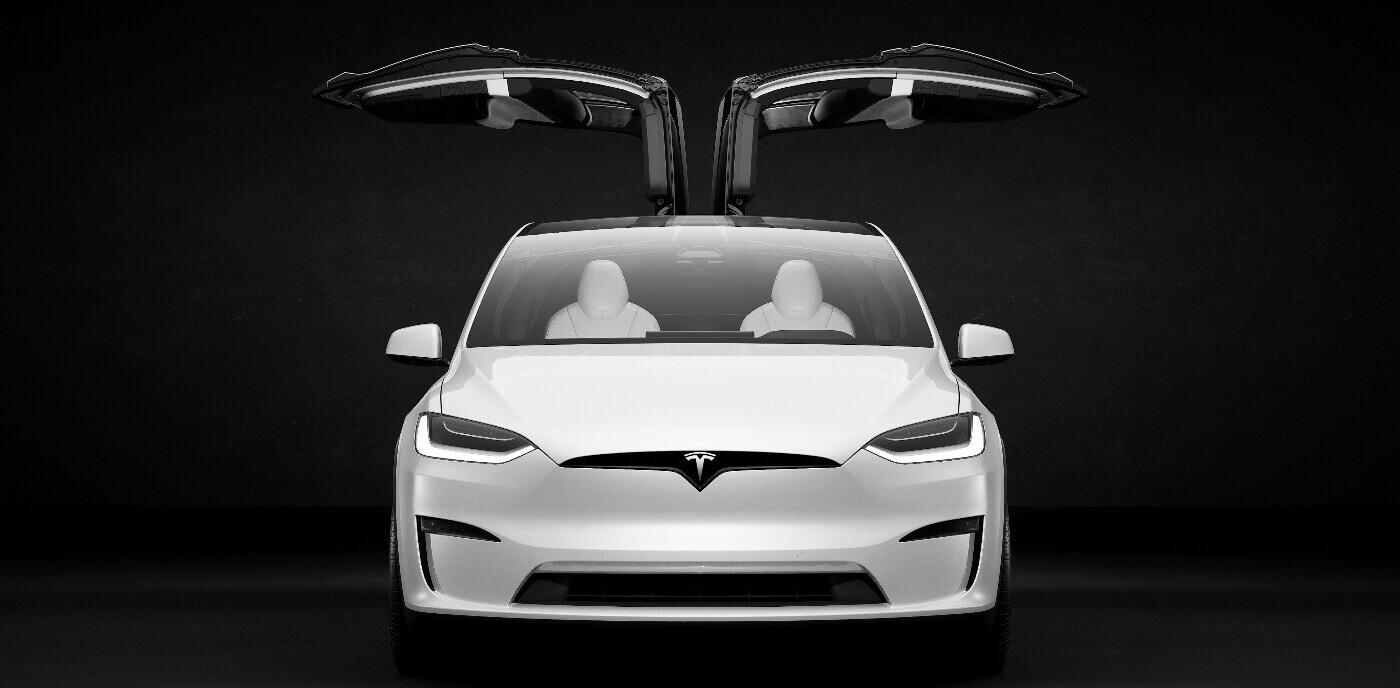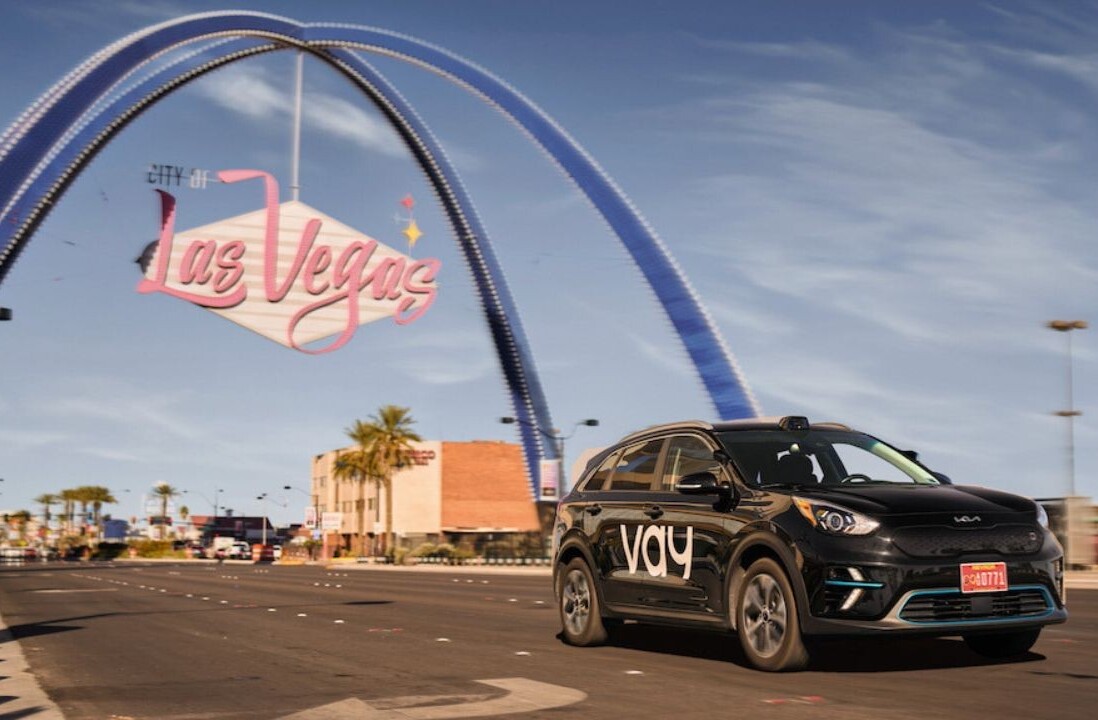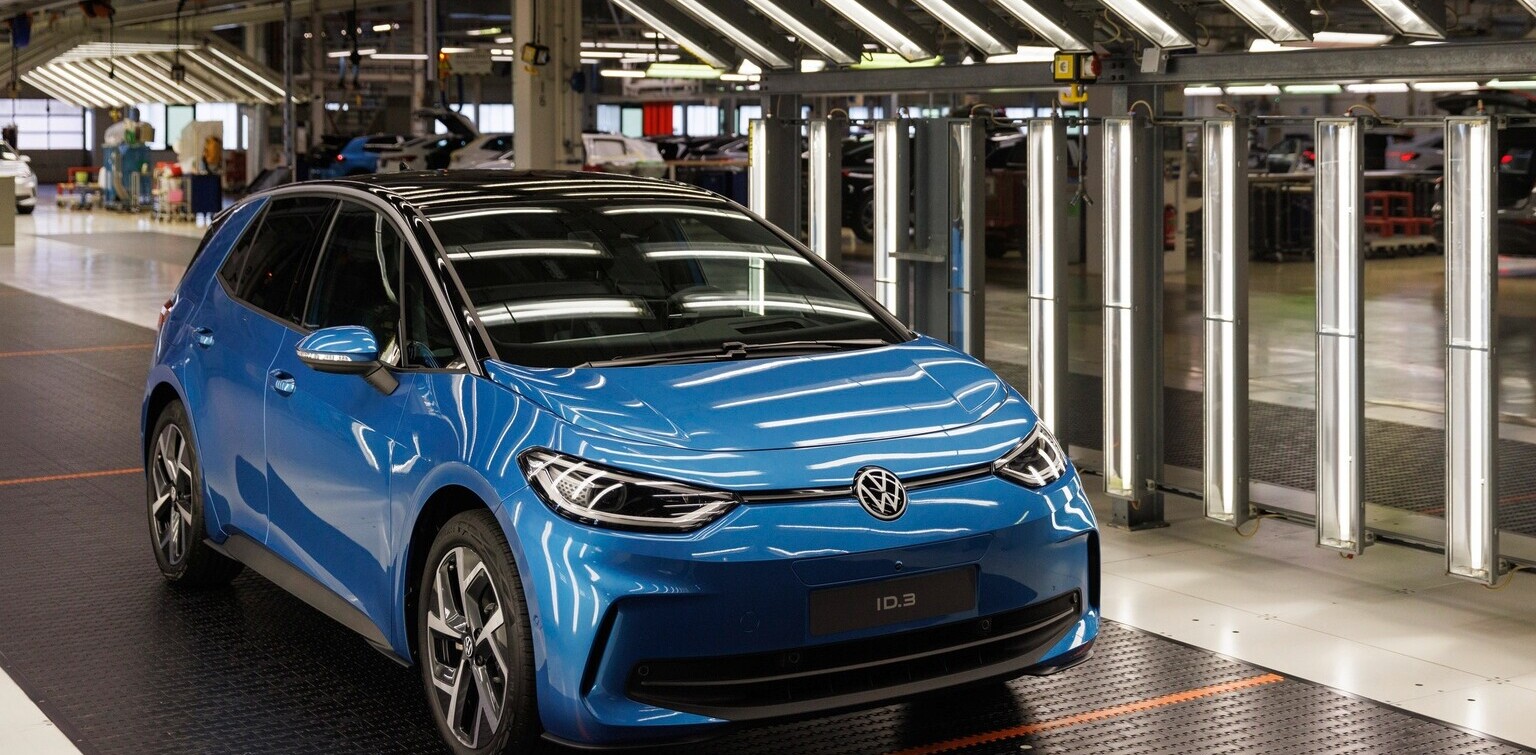
You might have seen a weird vehicle at any number of recent car show that sits somewhere between motorcycles and cars.
It’s called an autocycle, and while the idea is hardly new, it kind of reached its peak about 2014, only to leave most hopeful buyers cooling their heels waiting for vehicles to roll off the factory floor.
But what is an autocycle? Where does it sit in the mobility ecosystem? More importantly, can it emerge as the future of micromobility?
What is an autocycle?
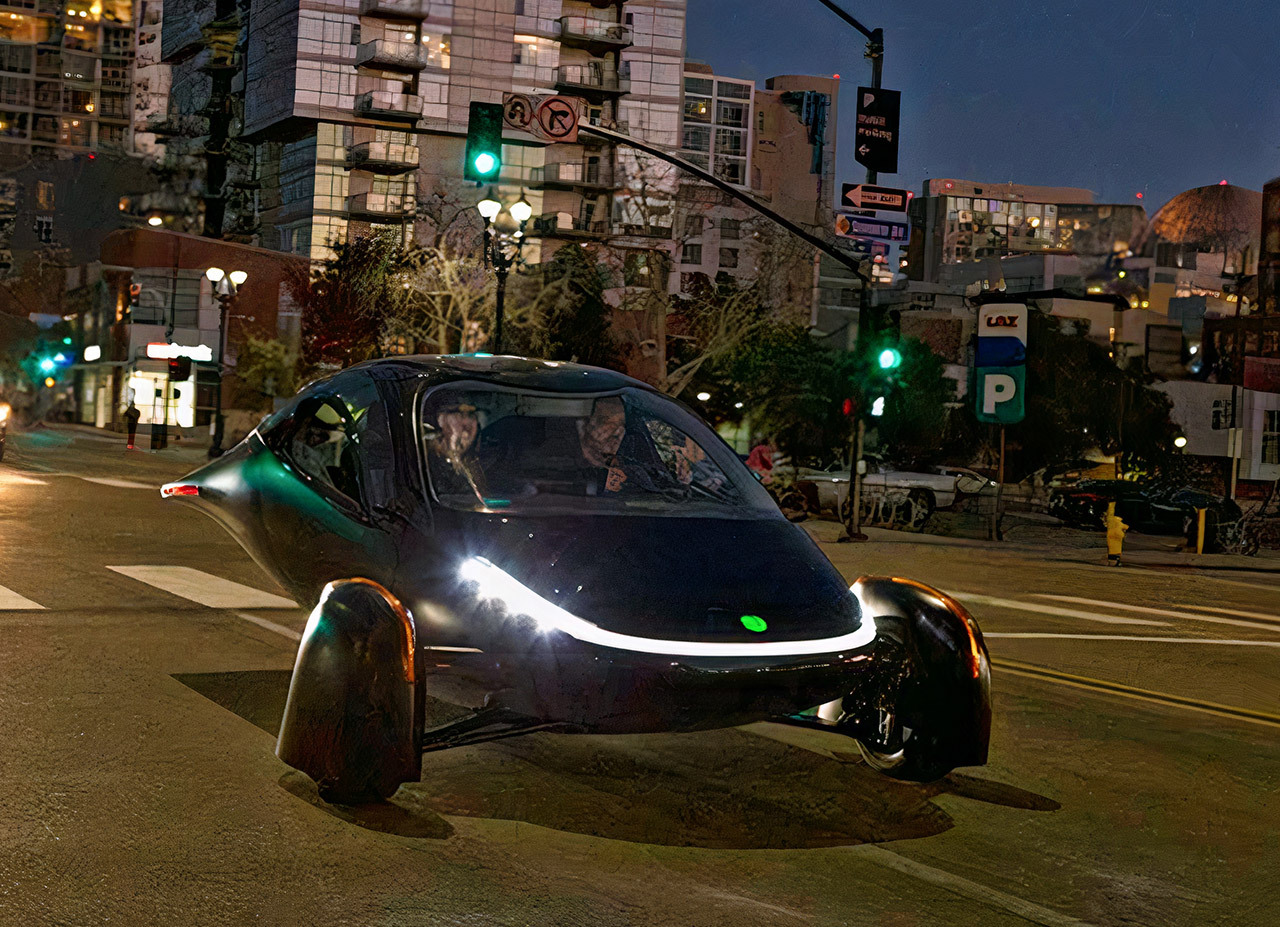
Legally, an autocycle is a three-wheeled, typically enclosed vehicle, that, as the name suggests, is essentially part motorcycle and part car.
Let’s compare it to a three-wheel motorbike:
According to the National Conference of State Legislatures(NCSL) there are several key three-wheel motorcycle characteristics
- It has handlebars
- You can straddle or sit astride
- Need to be registered as a motorbike
- The driver must wear a helmet
By comparison, autocycles are defined by a number of key characteristics:
- Usually has a steering wheel
- Usually, the driver sits in a seat
- Vehicle may include side passenger or back seat
- May need a driver’s license AND motorcycle license
- The driver may have to wear a helmet (varies per US state)
In Europe, autocycles fall under Category L, including vehicles like powered cycles, two- and three-wheel mopeds, two- and three-wheel motorcycles, and motorcycles with side-cars.
In the US, things get more complicated, with requirements and regulations varying state by state. Most of these haven’t changed since 2017, but have become a priority in states where companies are building autocycles or looking to roll them out commercially.

What are the advantages of an autocycle?
- Affordability: autocycles are far cheaper than most cars.
- Less compliance with safety standards means greater freedom for designers.
- Lower carbon footprint as most of today’s autocycles are EVs. The three wheels reduce the number of friction points coming in contact with the road, which increases energy efficiency.
- A lower center of gravity and forward-weighted body increases stability compared to two-wheel vehicles.
- The opportunity to be an early adopter in a new mode of transport.
- Fun and novelty factor! People will notice you in one of these.
What are the disadvantages of an autocycle?
- Lower safety standards than cars can mean no airbags, roll cages, or even safety belts.
- While you can place orders with several manufacturers, there are few models on the road today.
- While the vehicles are smaller than typical autos, you can only use them on the road, so they don’t reduce traffic.
- Low passenger capabilities mean more vehicles on the road.
- Their use is limited mainly to urban areas.
- Their low market traction may make it hard to find an appropriate vehicle insurer.
What can I buy?
There are not all that many autocycles that you can buy. Most have been in production for well over five years without releasing a commercial autocycle, while some companies like Polaris have already brought other vehicles to market.
During the time of manufacturing, most have pivoted from gas-powered to electric vehicles.
Elio Motors
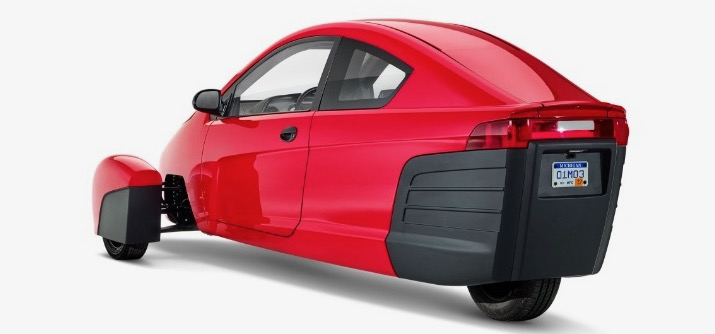
Perhaps the most well-known autocycle brand is Elio Motors. The company raised a staggering $16 million in crowdfunding in 2015, promising vehicles for a mere $6,800. Then, it was years of radio silence, with plenty of people wondering if they were scammed and would ever see a vehicle in their garage.
If I ordered a car in 2013 only to have production pushed back again and again with very little communication, I’d be worried.
Well, after years of radio silence, in September, the brand announced a pivot to an electric version of their three-wheeled vehicle.
The Elio-E is priced at $14,900, considerably higher than the original cost. It promises a range of 240 kilometers (150 miles) with a top speed over 160 kmph (100 mph) — where you could ride at that speed, is anyone’s guess.
Safety-wise, the Elio comes with three airbags, an anti-lock braking system, and electronic stability control.
But will they ever go to market?!
Aptera

While Aptera started in 2008, they’ve yet to produce a car commercially. It has, however, created three different prototypes. The company has a long history in solar vehicle development, even going bankrupt due to a lack of investment in the early 2000s.
However, the company found new traction by announcing its efforts to create a solar electric vehicle in 2019. Its vehicles aim to handle most daily driving needs completely off the grid.
Over the last year, Aptera released two alpha prototypes of its solar electric vehicle, most recently releasing a third ready for beta testing called Luna.
It offers 700 watts of continuous charging power and a 1000 mile range thanks to assistance from its diamond-shaped solar panels.
Luna seats two people and runs on all-wheel-drive with vectorized torque control making the autocycle suitable for snow, ice, sand, and gravel terrains.
Prices start at $25,900.
The company has lofty plans for a series of future vehicles, including autonomous capabilities, 6-passenger cars, 2-seat commuters, and utility vehicles up to 18-wheelers.
Maybe get just one to market first?!
The company has raised $60 million in series A funding and has 10,000 reservations.
Slingshot
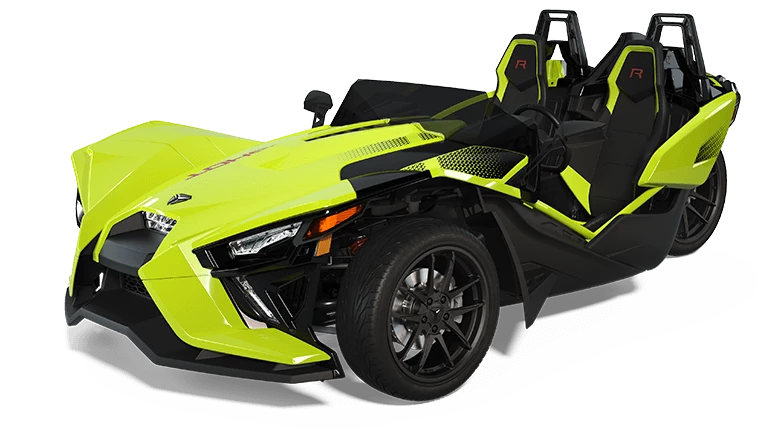
The Slingshot electric autocycle looks sporty, which is not surprising considering its heritage. It’s made by Polaris, a brand known for its on and off-road vehicles, snowmobiles, military offerings, and a range of other ways to get you moving on offer.
The company has been around since 1954, so at least you can be guaranteed of its ability to bring vehicles to market,
The Slingshot retails somewhere between $20,000 and $30,000 depending on your design specifications. Somewhat ominous, the company notes in tiny letters on its website:
It does not have airbags, and it does not meet automotive safety standards. Three-wheel vehicles may handle differently than other vehicles, especially in wet conditions. Always wear a DOT-approved full-face helmet and fasten seatbelts. The Driver may need a valid motorcycle endorsement. Don’t drink and drive.
There are three versions on offer ranging from $20k to $30k, and unlike its contemporaries, they run on an ICE. There’s no cover from the elements, but Slingshot models also come with Ride Command, a 7-inch display that controls Bluetooth and USB audio, navigation, and vehicle info.
Arcimoto
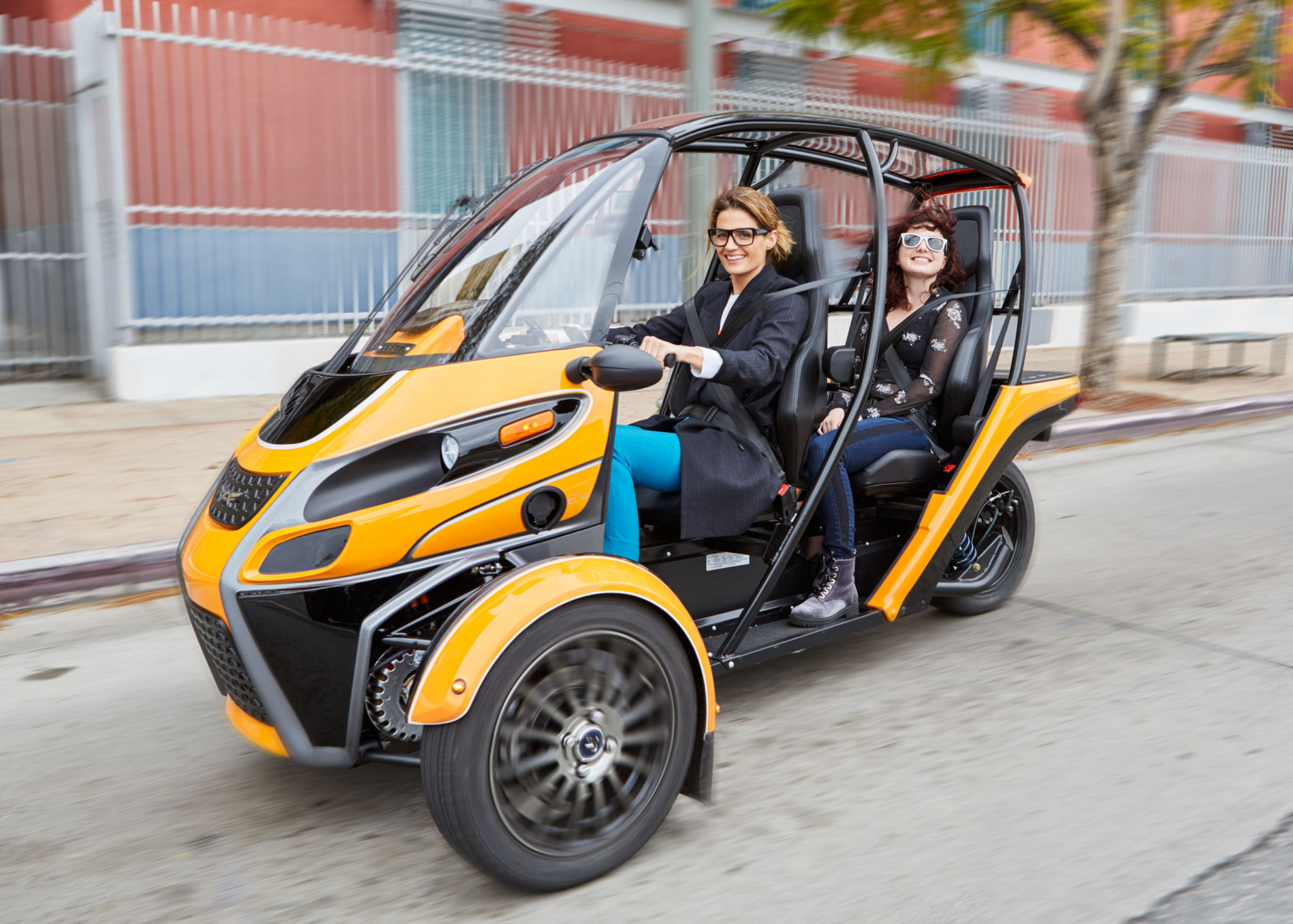
Described by its company as a “Fun Utility Vehicle”, the Arcimoto is an electric vehicle that can achieve an estimated 112 km (70 miles) range at its most basic configuration, or 210 kilometers (130 miles) with an optional range extender.
The company has a lot to say about safety, noting its use of passenger car standards as reference for due care, especially regarding the physical design, seatbelt functionality, and a crash-sensor that supports immediate automatic battery disconnect high-voltage traction power.
The FUV also sports a kinetic energy recovery system (“regenerative braking”) to slow the vehicle’s motion at speed while capturing energy back into the battery and features full windshield wiping and washing systems for visibility.
Unsurprisingly, the makers don’t recommend its use in deep snow or on unplowed roads. The Acrcimoto autocycle is currently available in California, Oregon, Washington, Nevada, Arizona, and Florida.
Can autocycles succeed when microcars failed to scale?
There’s been plenty of efforts to make small, functional city vehicles like microcars. Historic efforts include cars like the Reliant Robin, praised more for its cuteness over functionality. Unfortunately, they were slow, noisy, and prone to flipping.
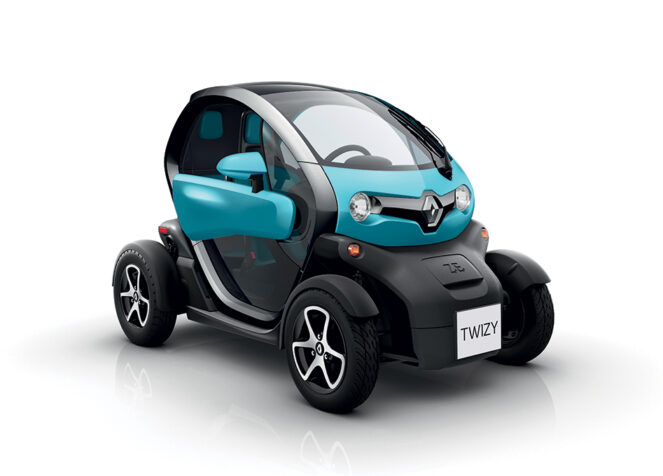
But there’s a one in the market that might be a serious contender in the small vehicle stakes. The Renault Twizy is a tiny one-person EV priced at €6,990 ($7885). It offers an “urban-cycle range” of 100km thanks to a 6kWh lithium-ion battery and energy recovery under deceleration.
It comes in two versions:
- The Twizy 45 has its top speed capped at 45 kmph and drivers only need to be 16 to drive one in France.
- Twizy 80 has a top speed of 80kmph and requires users to have a valid B driving license.
Small vehicles (both microcars and autocycles) make sense in cities — they’re energy-efficient, easy to handle, and easy to park.
But the bigger challenge is helping attract owners. It’s a chicken and egg problem, as we won’t see mass adoption until we see them out and about on the streets, and that’s taking a lot longer than I would have hoped.
Get the TNW newsletter
Get the most important tech news in your inbox each week.
